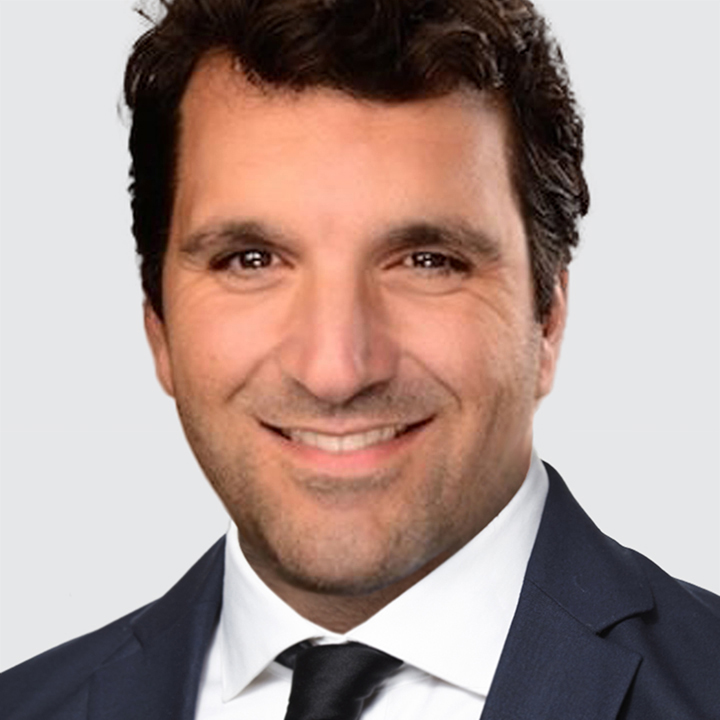US
USD is trading at the lower-end of the tight range carved-out since Friday’s post-NFP low. The US economy is teetering on the edge of stagflation, a backdrop that will undermine USD. The ISM July reports showed services activity is near stall speed and manufacturing activity contracting at its fastest pace since October 2024. In parallel, the price index for both the services and manufacturing sectors point to upside risk to inflation.
Meanwhile, the full hit on the US economy from tariffs has yet to come. The actual effective US tariff rate based on customs duty revenue as a percentage of the value of goods imported was 8.8% in June. Looking ahead, the average effective US tariff rate is estimated to rise to 18.3% as of August 1 - the highest since 1934. Higher US tariffs is a downside risk to growth and upside risk to inflation.
Today, Fed Governor Lisa Cook and Boston Fed President Susan Collins (FOMC voter) participate in panel discussion (2:00pm New York, 7:00pm London) while San Francisco Fed President Mary Daly (FOMC non-voter) speak at an economic summit (4:10pm New York, 9:10pm London). We doubt the comments will meaningfully alter rate expectations. Fed funds futures more than fully price-in 50bps of Fed funds rate cuts by year-end to a 3.75-4.00% range.
JAPAN
USD/JPY is range bound around 147.60. Japan wage growth rise less than expected in June. Nominal cash earnings printed at 2.5% y/y (consensus: 3.1%) vs. 1.4% in May reflecting the outcome of this year's annual spring labor-management wage negotiations. The less volatile scheduled pay growth for full-time workers unexpectedly slowed to 2.3% y/y (consensus: 2.5%) vs. 2.4% in May. Overall, Japan wage growth is not a source of significant inflation pressures given annual total factor productivity growth of about 0.7%.
Bottom line: the Bank of Japan is unlikely to raise the policy rate by more than is currently priced-in, limiting JPY upside. The swaps market imply 65% odds of a 25bps rate hike by year-end and a total of 50bps of rate increases to 1.00% over the next two years. We expect USD/JPY to remain within a wide 142.00-150.00 range over the next few months.
NEW ZEALAND
NZD/USD recovered above 0.5900 but faces some near-term headwinds. New Zealand’s Q2 labor market data bolsters the case for additional RBNZ policy rate cuts. New Zealand employment matched consensus and fell -0.1% q/q vs. 0.1% in Q1, whereas the RBNZ had penciled in a 0.2% increase. The unemployment rate rose 0.1pts to a five-year high at 5.2% and the participation rate dipped -0.2pts to a four-year low at 70.5%, suggesting the labor market is losing both breath (fewer people engaged) and strength (more people unemployed).
Private wages increased 0.6% q/q vs. 0.4% in Q1, in line with RBNZ projection and marginally higher than the 0.5% consensus. On an annual basis, private wages growth slowed to a four-year low at 2.2% vs. 2.5% in Q1 and is broadly consistent with the RBNZ 2% target given trend labor productivity growth of 0.2%.
Over the next 12 months, the swaps market price-in nearly 50bps of easing and the policy rate to bottom at 2.75%. The US’s plan to impose a 15% tariff (up from an initial 10% proposal) on New Zealand goods from Friday sharpens the case for looser monetary policy. The next RBNZ policy rate decision is August 20, and a 25bps cut to 3.00% is virtually fully priced-in.
INDIA
The Reserve Bank of India (RBI) voted unanimously to keep the policy rate unchanged at 5.50%. The outcome was in line with expectations. The RBI retained the neutral stance stressing that “the current macroeconomic conditions, outlook and uncertainties call for continuation of the policy repo rate of 5.5 per cent and wait for further transmission of the front-loaded rate cuts to the credit markets and the broader economy.”
However, the US threatening to “substantially raise” the 25% tariff on Indian goods exports by Friday and the RBI’s updated inflation projection suggest the bar is low for more rate cuts. The RBI lowered CPI inflation for 2025-26 to 3.1% from 3.7% and closer to the lower end of the 2-6% inflation band. Swaps pricing suggests the policy rate is expected to remain at 5.50% over the 12 months. As such, INR faces some downside risk as the swaps curve has scope to reprice odds of a 25bps cut in the next few months.

